7 Reasons Why the Google Pixel 3 Can’t Touch the iPhone XS
 Phone Arena
Phone Arena
Google this week unveiled its Pixel 3 and Pixel 3 XL flagships. And while the devices sport the company's usual suite of high-end software and AI technologies, they just didn't feel all that surprising, innovative or up-to-date.
The Android and Apple camps will probably never agree on which phone or ecosystem reigns supreme, but here are seven reasons why the Google Pixel 3 or 3 XL can't hold a candle to Apple's iPhone XS lineup. Continue reading to learn 7 Reasons Why the Google Pixel 3 Can't Touch the iPhone XS.
7 Insane Performance
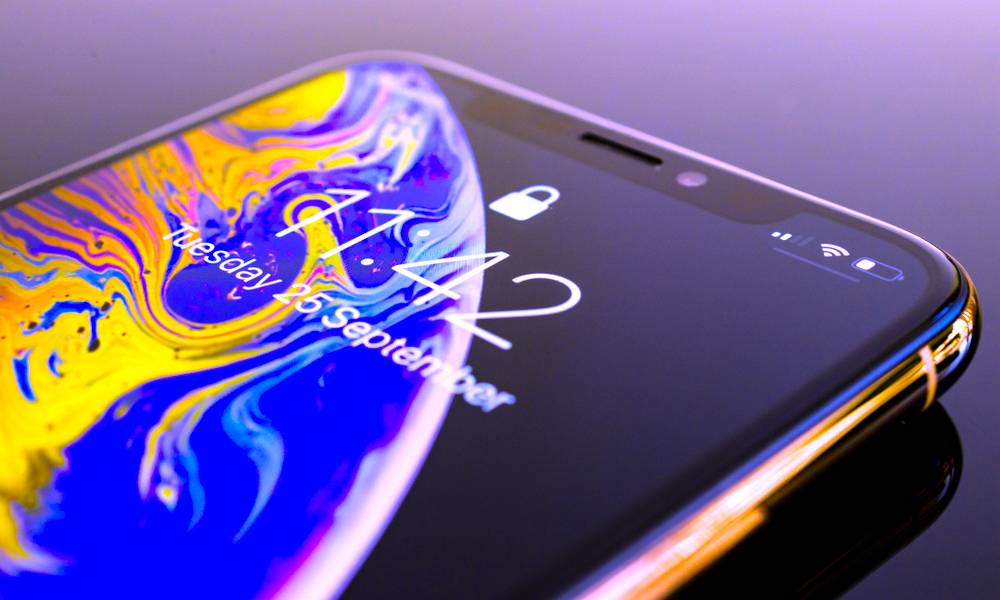
Apple currently has the fastest smartphones on the market thanks to its new A12 Bionic chip. The same can’t be said for Google. iPhones are now typically faster than their Android rivals. The Pixel 3 packs an aging Snapdragon 845, but it actually has the exact same RAM specs (4GB) as the iPhone XS lineup — giving another advantage to Apple.
But don’t take our word for it. The latest Geekbench benchmark statistics prove that the Google Pixel 3 doesn’t even come close to the iPhone XS. According to those results, the Google Pixel 3 XL actually ranks lower than the older Samsung’s Galaxy S9+ — and both were destroyed by the iPhone XS in terms of performance.
6 XS' Sleeker, More Modern Design
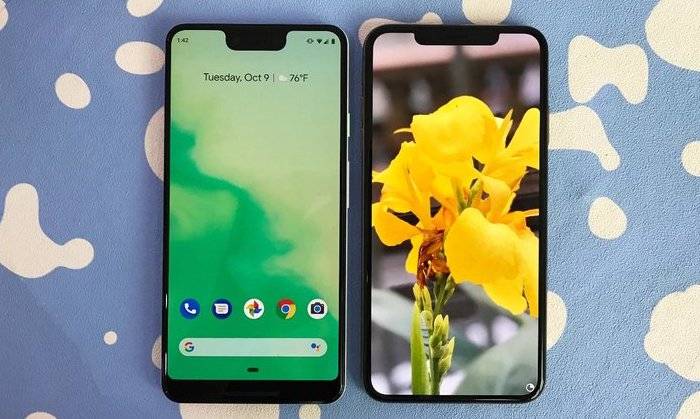
Beauty and design are both very subjective things, but it’s pretty clear that the Pixel 3 is not a radical departure from past Google flagships. So it’s hard to argue with the fact that the new Pixels look a bit dated compared to the latest handsets from Apple — and even other Android manufacturers.
For one, the smaller Pixel 3 features a rather thick top bezel and bottom chin, which sticks out in our era of ultra-slim bezels. And while the Pixel 3 XL goes the iPhone route and sports a notch, it’s pretty clunky and awkward looking. Hiding it with software doesn’t exactly help either, since it just further cuts down on available display real estate.
5 Dual-Lens Camera, 4K 60fps Video

The Google Pixel series have always been widely praised for their cameras. And to be fair, they do have excellent cameras. But the Pixel 3’s rear camera is stuck in the single-lens era. No telephoto lens results in objectively worse zoom capabilities, despite Google’s software trickery.
It’s not just still imagery where the Pixel 3's camera might lack. The latest Google flagship can’t record 4K video at 60 frames-per-second, a feature that was added to iPhones last year. The lack of capability might be due to the Pixel’s Sony sensor. But it’s just one other thing that iPhone has that the Pixel doesn’t.
4 Massive 512GB Storage Tier
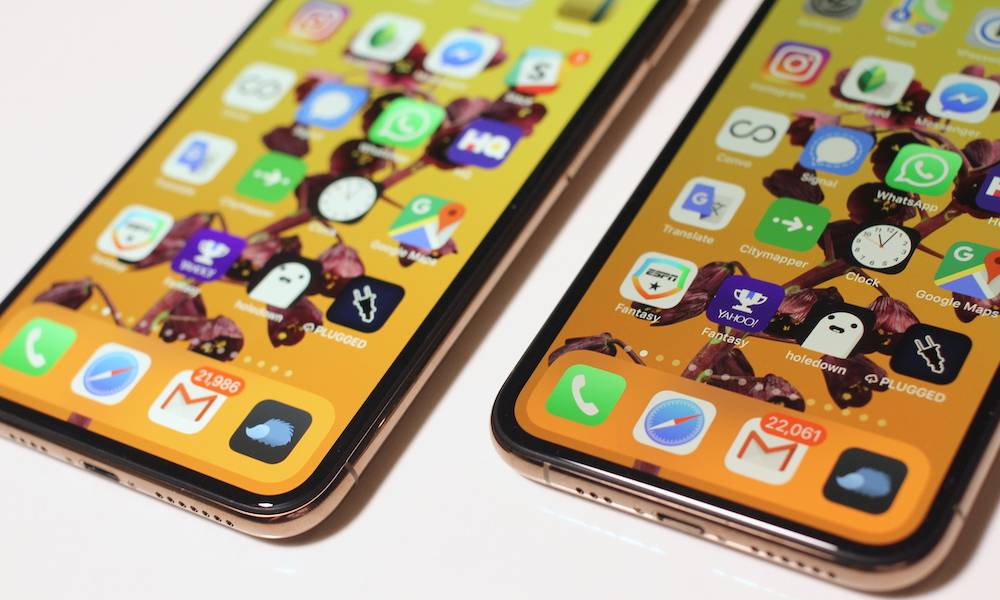
Most people probably aren’t willing to fork out a few hundred extra dollars for a phone with 512GB of storage. And certainly, most people are probably not going to need anywhere near that much onboard storage space. But it’s nice to have that option — and the iPhone XS and XS Max both do.
The Google Pixel 3, on the other hand, tops out at a 128GB storage tier. Sure, that’s going to be perfectly suitable for most people. But smartphones owners who need more storage are going to be out of luck — especially since the Google Pixel 3’s storage is not expandable like other Androids.
3 Dual SIM
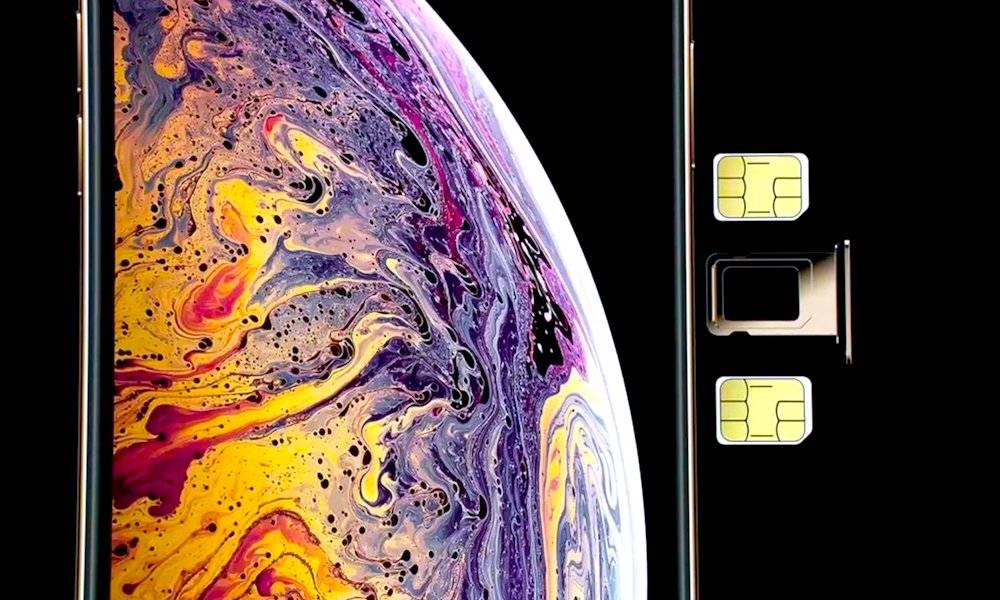
For some reason, Google doesn’t seem interested in marketing its Pixel lineup in China (the largest smartphone market in the world). The fact that the Pixel doesn’t have dual SIM card capabilities is just another indicator of that. Especially when most Android devices sold in the region do.
The iPhone XS, XS Max and iPhone XR, on the other hand, do support dual SIMs. While the feature hasn’t really taken off in the U.S., Apple is still letting its U.S. users have access to it. That’s more than can be said about the Pixel lineup — or many Android flagships sold in the U.S.
2 Face ID

Owners of recent iPhones might have forgotten what it’s like to unlock a device with a fingerprint. That’s not the same for Google Pixel 3 owners — or for users who have recent Android flagships because Android makers just haven’t gone all-in on the new tech like Apple has.
You could make a case against ditching Touch ID entirely in favor of Face ID. But there’s no doubt that the TrueDepth-powered Face ID is infinitely more secure and accurate than the camera-based facial recognition on most current Android flagships. And that’s not even considering that Face ID is likely more secure than fingerprint authentication.
1 iOS 12
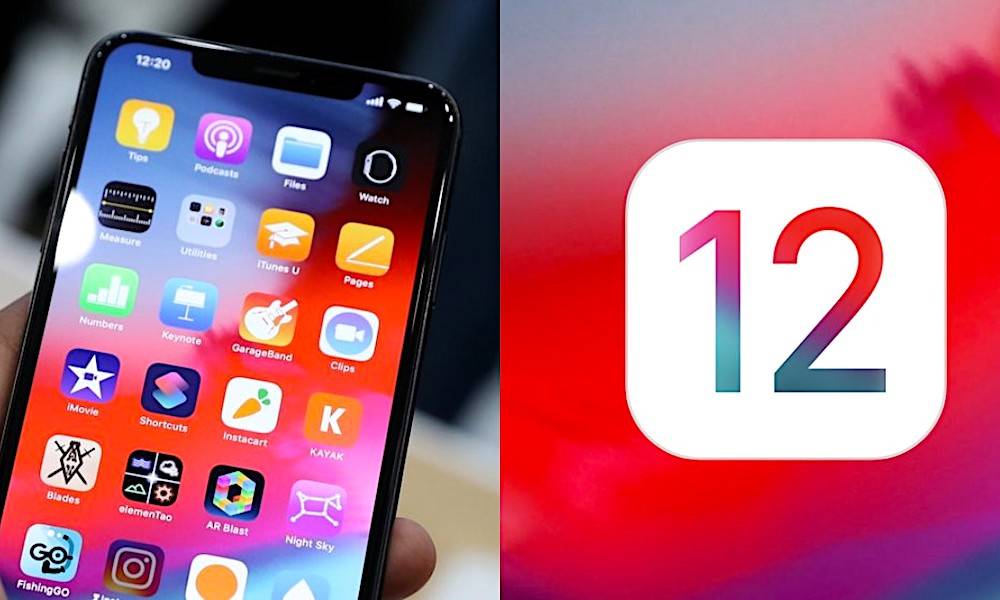
Let’s be clear. Android versus iOS is an extremely contentious topic. And these days, it really comes down to personal preference more than anything else. That’s especially true since Android, like iOS, is a first-party OS for Pixel devices. But there are still a few facts about iOS that are worth mentioning.
Apple’s latest iOS 12 is tailor-made to be a speedy and stable platform. There’s also an argument to be made about the security and privacy of Android versus iOS. And, of course, there’s the iOS App Store — which boasts a larger number of higher-quality and vetted apps than its Google Play counterpart.
